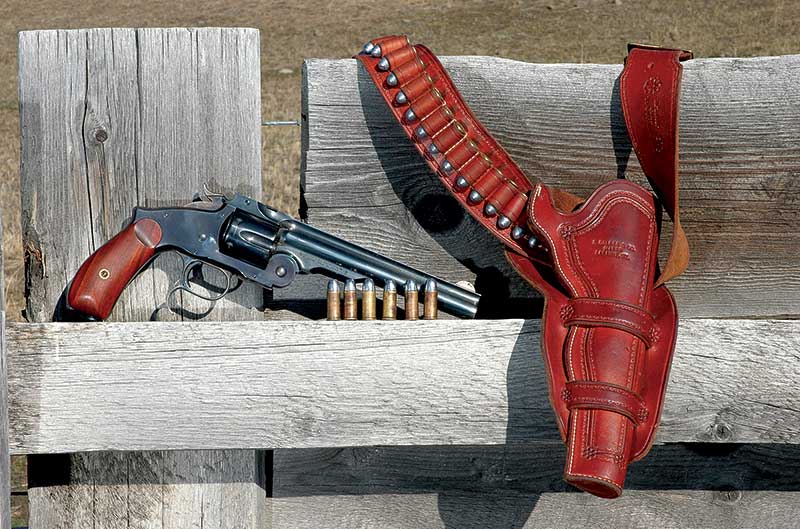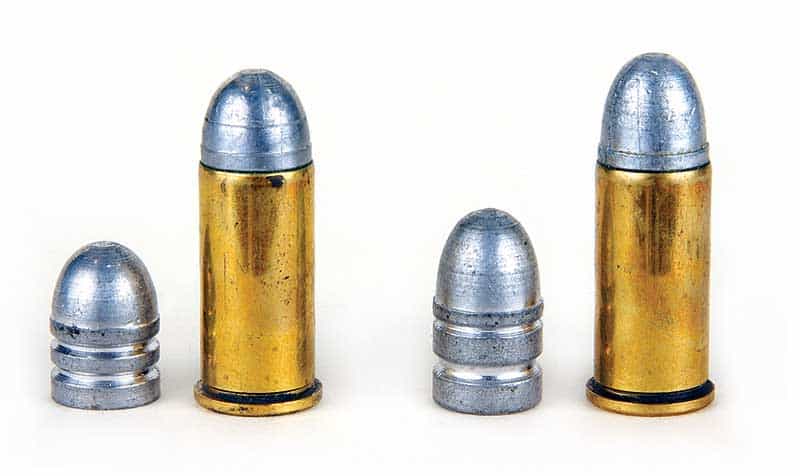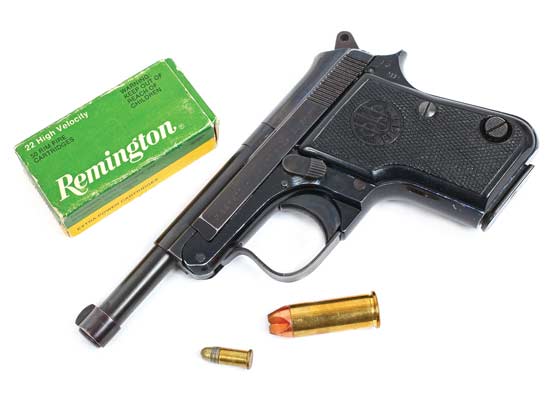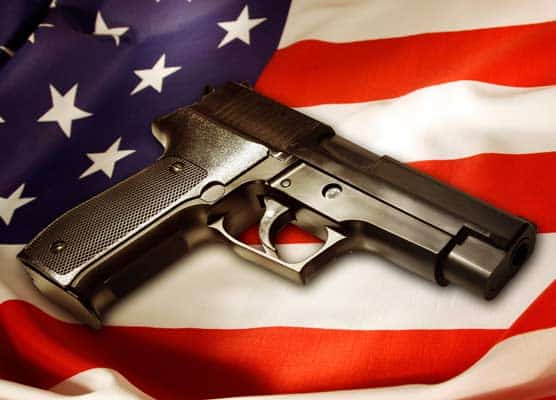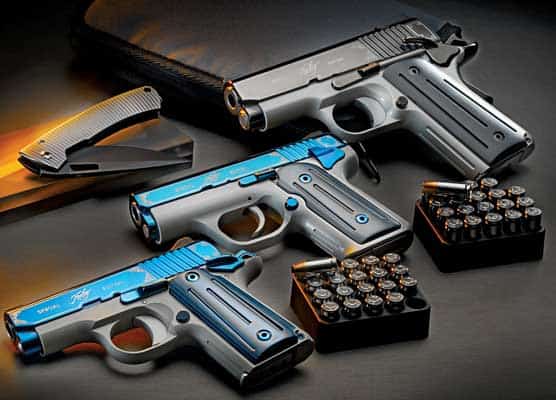The .44 Ruskie
After writing a feature recently on why the .44 S&W Special isn’t so special, now I’m going to detail why I do like its ballistic twin, the .44 S&W Russian. At least I like it in this one particular revolver. That’s the Navy Arms’ replica of Smith & Wesson’s Model #3, 3rd Model .44 Russian.
Circa 1872 the Russian Government wanted to start buying Smith & Wesson’s new top break Model #3 revolvers. Very important to the company was the fact they were willing to pay in gold. But the Russians wanted nothing to do with Smith & Wesson’s own .44/100 cartridge because it used a heel-type bullet. That’s where a reduced diameter shank fits inside the cartridge case while the full diameter of the bullet is the same as the outside of the cartridge case. Just look at a round of .22 Long Rifle. They’re still made that way. The Russians explained if the bullet fit inside the cartridge case with revolver chambers bored accordingly things would work much better. They certainly did, and still do. Of course with all that gold in the balance Smith & Wesson said, “you bet!”
The result was the .44 S&W Russian. Smith & Wesson’s own cartridge then gained the name of .44 S&W American. Case length for the Ruskie one was set at .97″ with bullet diameter at .429″. Through the decades the .44 S&W Russian was loaded with bullets as heavy as 275 grains over black powder charges as heavy as 23 grains. By the smokeless powder era in the early 1900s, factory loads were standardized with a 246-grain roundnose bullet at about 755 fps. And when the .44 S&W Special came along in 1908 it was given the exact same bullet at the exact same speed but in a case 1.16″ long.
Picky Russians
In its first 30 years of existence the .44 Russian cartridge gained a superb reputation for accuracy, of course as fired in the several versions of Smith & Wesson top break revolvers. It’s recorded some notable handgun target shots were able to keep five .44 Russian bullets inside a 3″ circle at 50 yards. That’s probably true, and it should be emphasized not many handguns made today will do that even with smokeless propellants.
Between 1872 and 1874 the Smith & Wesson Model #3 went through three revisions as requested by the Russians. Collectors named them 1st, 2nd and 3rd Models. With each, the Russians asked for design changes altering the Model #3’s appearance so much the company started to grouse — despite the gold.
By the 3rd Model .44 Russian, the S&W Model #3 had a “knuckle” at the top of the grip resulting in a saw-handle shaped grip frame, and that odd spur hanging off the trigger guard. Many theories have been thrown out as to the purpose for the spur. The most likely one is Russian Cavalry tactics called for horse mounted troopers to charge with their revolvers cocked and with the trigger finger resting on the spur. That likely saved a lot of horses from being shot in the back of the head as Lt. Col. George A. Custer did to his own horse once when chasing a bison. I’ve found the spur makes a dandy finger rest for two-handed shooting and the saw handle grip keeps the hand positioned on the revolver exactly the same from shot to shot.
Good Guns
At one time I owned a sample of each of those vintage S&W .44 Russian revolvers but hardly ever fired them because they were very fragile and also very valuable. So when Navy Arms announced their replica of the 3rd Model .44 Russian about 10 years back, I jumped on it. While it is not an exact clone of the old S&W 3rd Model .44 Russians, it’s not bad, and the differences are minor. The Navy Arms’ version has a 7″ barrel as opposed to the original’s 6½”, and the original had a front sight forged integral with the barrel while the replica’s is pinned on. Oh, and some dimensions are slightly different by a few hundredths of an inch. So what.
My Navy 3rd Model .44 Russian is extremely accurate with either smokeless or black powder loads. I’ve settled on two loads: 248 grain roundnose bullets (Lyman #429383) or 200 grain roundnose bullets (Lyman #329478) over 4.0 grains of Bullseye or 19 grains of Swiss FFFg blackpowder. Its point of impact is about dead on with the latter bullet and about 2″ higher than point of aim at 50 feet with the former. Despite its tiny sights I’ve gotten one hole groups at 50 feet from a sandbag rest, and standing with two hands I can keep dueling tree paddles swinging. It doesn’t gum up with black powder fouling for at least 50 or so rounds.
When I had Duke’s Great Gun Sale in 2008 and disposed of 50 seldom used firearms, all my original S&W .44 Russian revolvers went. Putting the Navy Arms 3rd Model .44 Russian on the auction block was never even considered.
Subscribe To American Handgunner

Get More Revolver Content Every Week!
Sign up for the Wheelgun Wednesday newsletter here:

